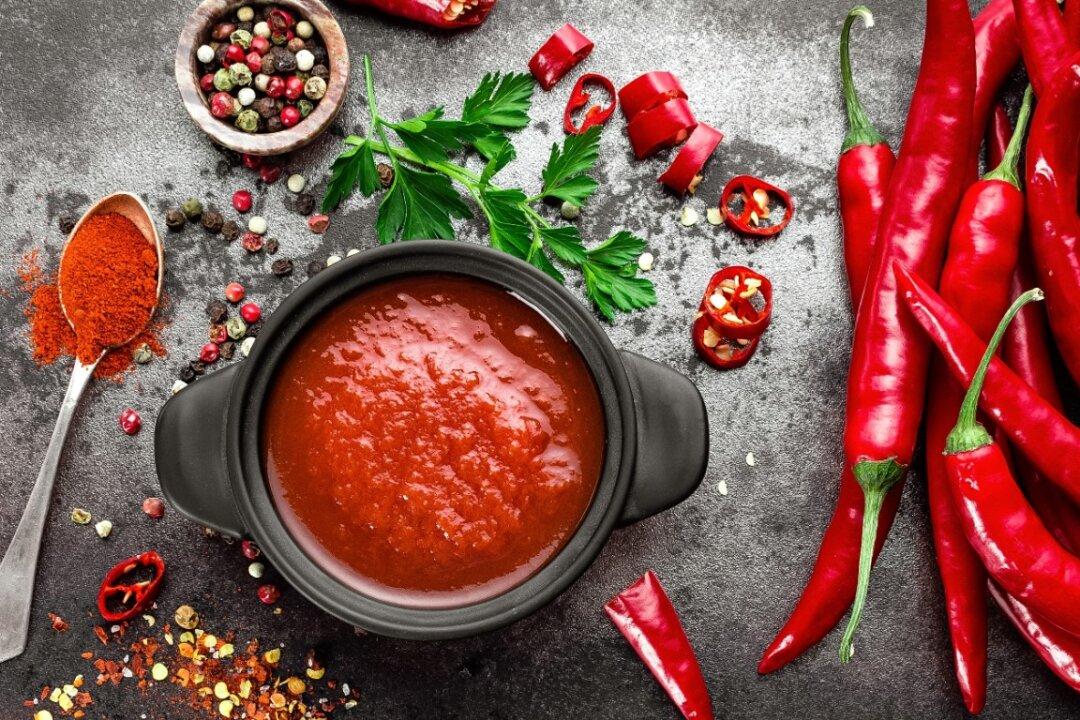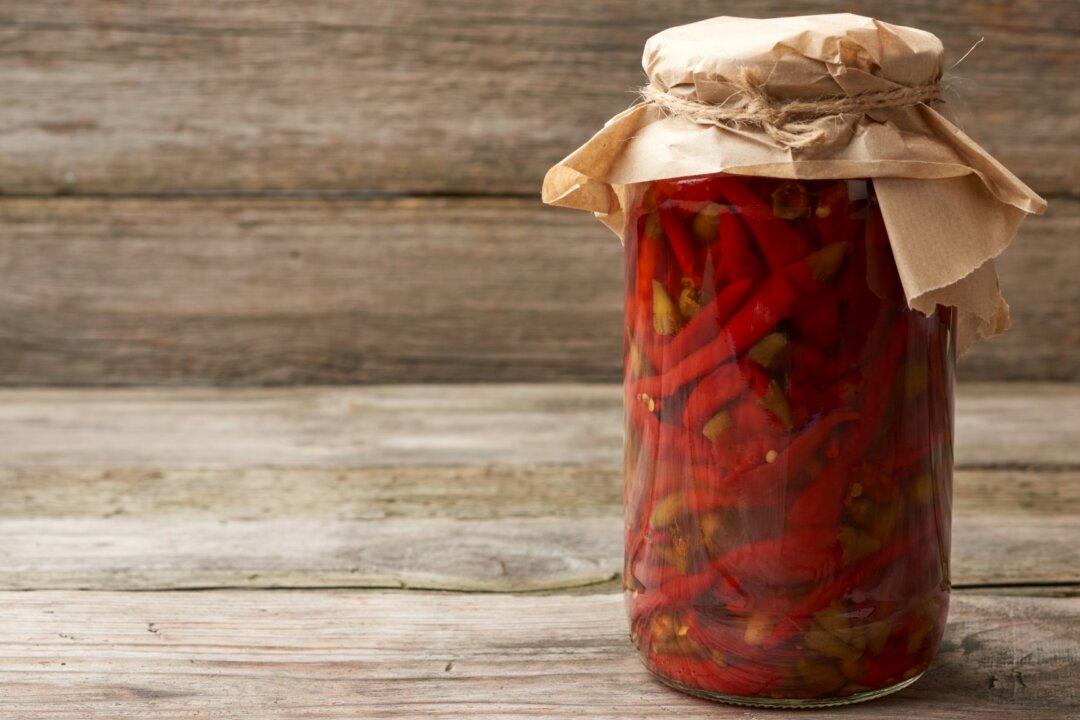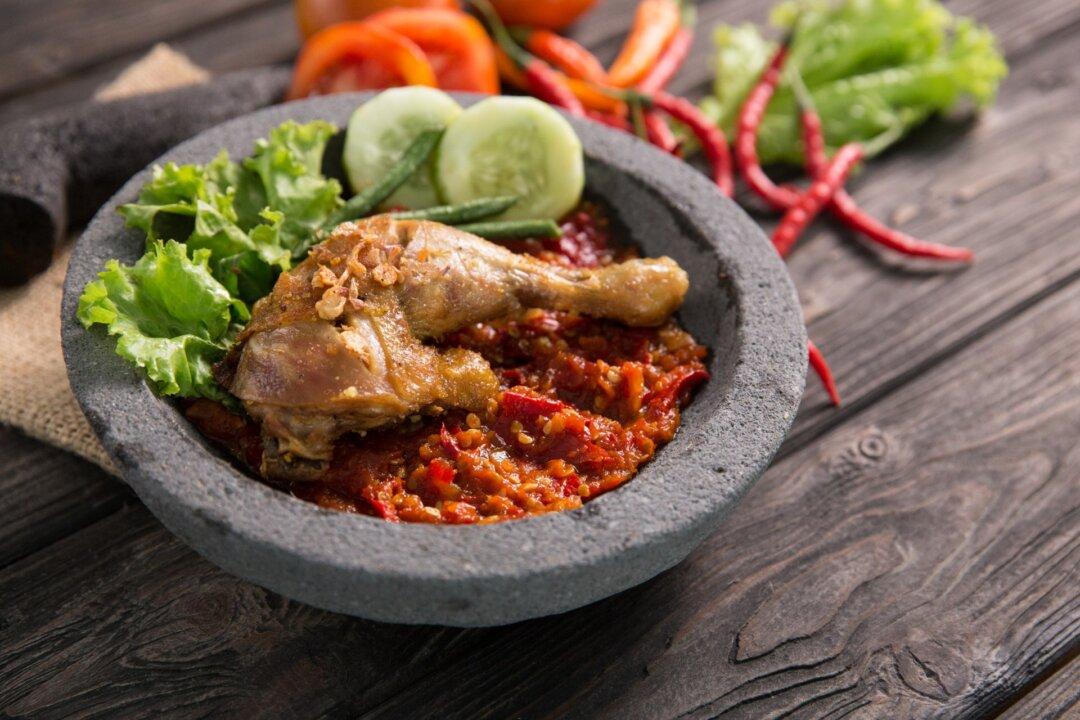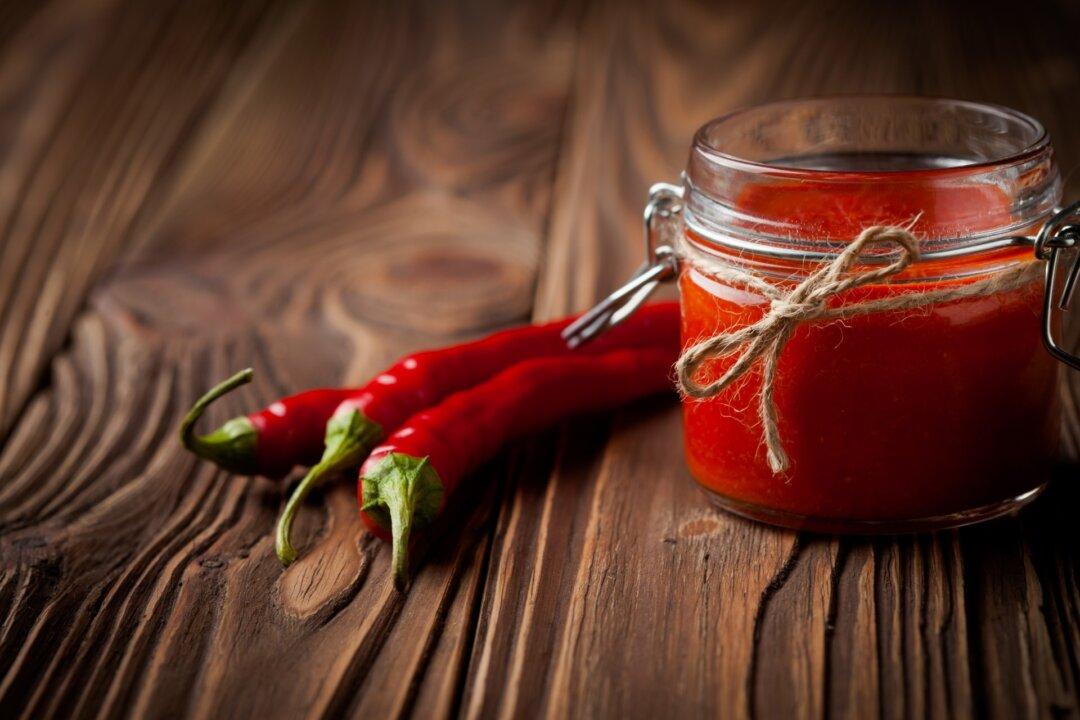It’s the gustatory equivalent of saying “hold my beer.” Grab a glistening, hot chile pepper—one jewel-toned beauty with a volcanic pedigree—and take the dare.
Just know that once you pop that capsicum into your mouth, there is no turning back. No amount of water, beer, milk, or bread can fully put out the flame.





